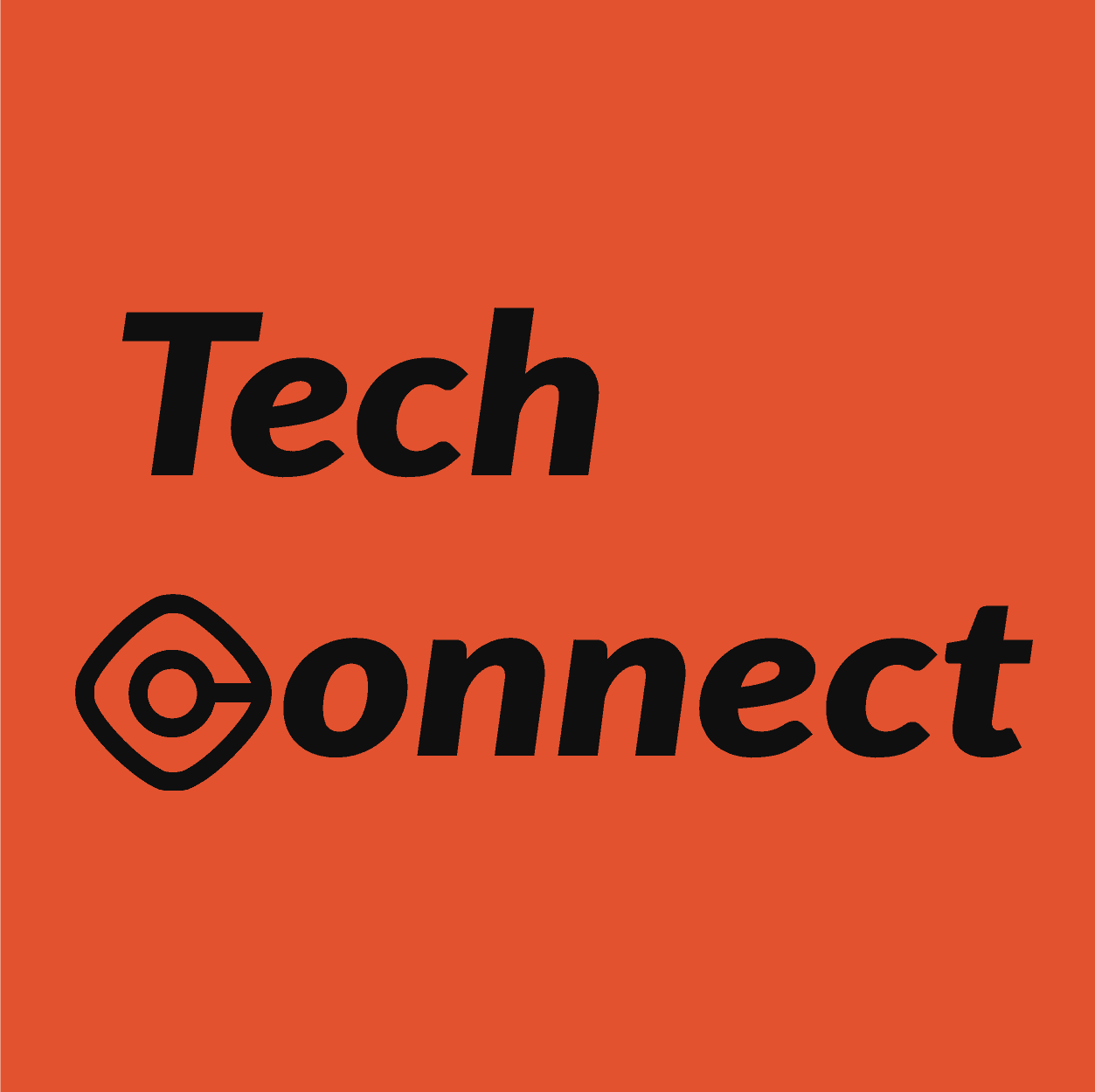What team structures are most effective?
In the ever-evolving landscape of business, the way teams are organised can make all the difference.
Recently I’ve been researching groundbreaking strategies that have underpinned iconic companies, ranging from traditional hierarchical structures to more collaborative ecosystems. By sharing innovative team structures, you can unlock your team’s full potential and pave the way for unprecedented success. 🙌
Is It Time To Change The IT Department?
The future is looking like it is going to be very different than things are today!
I suspect that one thing that a CIO does not spend a great deal of time thinking about is completely restructuring the IT department. However, perhaps we should. Let’s face it, the way that your IT department was set up was established years ago. You know, back when computers were a precious commodity and there needed to be a special department dedicated to acquiring, installing, and maintaining them. Now that computers have spread throughout the company, perhaps a new approach to IT is called for.
What’s Wrong With The IT Department?
I think that every CIO can agree that no IT department should be an island. Despite our mission, which often talks about driving company wide innovation and digital transformation, CIOs, as heads of these departments, are frequently reduced to running what could be called an island. Take a look at any organization’s structure, and you are very likely to see a rectangular box labeled IT, with its own management hierarchy and budget. However, here’s the sad fact: CIOs are now realizing that having an IT department is exactly what will prevent companies from being innovative, agile, customer-focused and digitally transformed.
The negative impact of technical debt
Adding features on top of poorly written code is a recipe for a bad reputation and a compromised user experience. Here’s a look at 12 negative effects of technical debt.
Although technical debt is common, CIOs should take its negative effects seriously.
Technical debt describes incurred costs resulting from code that needs reworking, and it has many causes. One common cause results from pressure to quickly demo software and get feedback from users. In response to that pressure, developers take coding shortcuts with the intention of rewriting the code once they fully understand requirements. But often, due to time constraints, the project leader decides to avoid rewriting the code to meet the requirements and instead continues developing requested features over a poorly written code base. The result is technical debt.
When this process happens repeatedly over time, the company ends up with several internal systems with technical debt, and it’s a problem the CIO needs to address.
An analogy is to compare technical debt to government deficits. A government might accrue an annual deficit when they spend more than they receive in revenue. This overspending adds to the overall debt. Debt grows because of successive deficits. If staff aren’t paying attention, it can lead to a large debt.
Setting Up Generative AI In Your Enterprise
Every company needs to build their own strategy, governance, tech stack and talent model for Generative AI. Now is not the time to wait and see.
Generative AI is very high on the agenda of large and small enterprises alike. Recent CEO surveys show almost 80% of CEOs believe AI is likely to significantly enhance business efficiencies in their organization.
Indeed, because of its accessibility and versatility, Generative AI has separated itself from the broad set of new emerging technologies like blockchain, NFTs and the metaverse, and is widely seen to sit amongst some of the large breakthrough technologies the world has seen, like the internet or mobile.
First movers should have a disproportional advantage and are expected to separate themselves from the followers significantly. Worse still, laggards are expected to lose competitive advantage and durable differentiation in their markets. The case for a double-down focus on Generative AI seems to be settled.
Generative AI and Web3: Hyped nonsense or a match made in tech heaven
On a practical level, enterprise leaders should consider incorporating generative AI into administrative workflows to keep their company’s day-to-day workflows moving faster and more efficiently.
While we’re already seeing the practical applications of Web3 and generative AI play out in tech platforms, online interactions, scripts, games and social media apps, we’re also seeing a replay of the responsible AI and blockchain 1.0 hype cycles of the mid-2010s.
“We need a set of principles or ethics to guide innovation.” “We need more regulation.” “We need less regulation.” “There are bad actors poisoning the well for the rest of us.” “We need heroes to save us from AI and/or blockchain.” “Technology is too sentient.” “Technology is too limited.” “There is no enterprise-level application.” “There are countless enterprise-level applications.”
If you exclusively read the headlines, you will come out the other side with the conclusion that the combo of generative AI and blockchain will either save the world or destroy it.
What is Superalignment & Why It is Important?
Addressing the potential risks associated with superintelligence systems.
Superintelligence has the potential to be the most significant technological advancement in human history. It can help us tackle some of the most pressing challenges faced by humanity. While it can bring about a new era of progress, it also poses certain inherent risks that must be handled cautiously. Superintelligence can disempower humanity or even lead to human extinction if not appropriately handled or aligned correctly.
While superintelligence may seem far off, many experts believe it could become a reality in the next few years. To manage the potential risks, we must create new governing bodies and address the critical issue of superintelligence alignment. It means ensuring that artificial intelligence systems that will soon surpass human intelligence remain aligned with human goals and intentions.
In this blog, we will learn about Superalignmnet and learn about OpenAI’s approach to solving the core technical challenges of superintelligence alignment.
Article by @uscmcmonline
In 2001, the IT company Cisco radically restructured from a traditional corporate hierarchy to a team-based system. Responding to the rapid developments of the IT sector, Cisco set up cross-functional teams to improve company-wide collaboration and foster creativity, according to tech firm Cascade. Cisco’s decision met with resounding success: It has since risen to the top of the communications technology and smart IT hardware industries.
Team-based structures forgo a strict top-down approach — a chain of command from CEO to managers to rank-and-file employees — for one in which decision-making is distributed among different groups. Stakeholders with a variety of skill sets hold a degree of authority and work together. Countless companies are adopting the same route as Cisco and opting for team structure to boost agility and break down departmental silos.
What Is Team Structure?
Team structure is what encourages cross-departmental collaboration by emphasizing relationships between teams and colleagues, rather than separating departments under a single authority. Teams, sometimes without internal hierarchy of their own, work together toward the company’s common goal. Teams should be composed of members who complement one another’s knowledge and abilities.
Team structure relies on an atmosphere of openness, trust and collegiality. As Best Practice Institute CEO Louis Carter said in an interview with Dropbox, “Structure … helps create culture, and when the culture is such that people love being together in the workplace, incredible things happen.” Though lack of traditional hierarchy may go some way toward creating a culture of collegiality, team leaders and executives should cultivate this quality to ensure effective collaboration.
THE DIGITAL EYE
I hope these articles are valuable.
I am passionate about technology, and I want to share that passion with you. I believe that it’s essential for everyone to stay up-to-date on the latest trends, so I’ve set out to cover all aspects of the industry – from data analytics to blockchain and AI.
Please let me know if you want to see any other topics covered, and I would appreciate your help sharing this blog with others interested.



